26-1 Section Assessment
1. Characteristics of members of the animal kingdom:
Multicellular, eukaryotic (with true nuclei and other organelles) heterotrophs (rely on other organism for their food supply), whose cells lack of cell walls.
2. Describe the seven essential functions performed by all animals:
-Feeding: Most animals ingest (or eat) food. They are classify according their food source: Herbivores (plants), Carnivores (other animals: predator-prey), Omnivores (animals and plant), Detritivores or scavanger (dead animals), Parasite (feed on the host).
-Respiration: Take in oxygen and give off carbon dioxide. Most animals have evolved complex tissues and organ systems for respiration.
-Circulation: Circulatory system to move material around within their bodies.
-Excretion: Excretory system to elimitante metabolic wastes. excretory systems helps maintain homeostasis.
-Response: Respond to stimuli (event in their environment such as, sound, and light) using specialized cells called nerve cells.
-Movement: Most animals are motile (they move), Muscle contractions enables motile animals to move around, usually by working in combination with a support structure called a skeleton.
-Reproduction: Sexually by producing haploid gametes through meiosis, this reproduction mantain genetic diversity in population, thus improving species' abilities to evolve when the environment changes. Asexually: allows animals to increase their numberrs rapidly. Methods of asexual reproduction include not only fission and budding but also fragmentation, and regeneration.
3. In what ways are complex animals different from simple animals?
Complex animals tend to have high levels of cell specialization and internal organization, bilateral symmetry, cephalization, and body cavity.
4. How is the embryology of echinoderms similar to that of vertebrates?
Echinoderms and all vertebrates are deuterostomes. This similarity may indicate that vertebrates have a close evolutionary relationship to echinoderms. (won't be evaluated)
5. How are body symmetry and cephalization related?
Animals with vilateral symmetry usually exhibit cephalization.
6. How is hunger an internal feedback mechanism for maintaining homeostasis?
Animal becomes humgry when it needs energy to maintain homeostasis. Hunger subsides when enough food has been taken in to maintain homeostasis. Homeostasis is when an organism allows its body to keep a stable condition. It does so by regulating its inner equilibrium.
26-2 Section Assessment
1. What features do sponges share with all other animals?
Sponges are heterotrophic, have no cell walls, and contain specialized cells.
2. How do sponges use water to carry out essential functions?
The movement of water through the sponge carries needed materials, such as food and oxygen, and carres wastes away. Water also carries sperm to eggs.
3. Describe the different types of sponge skeletons.
Made of spiny spicules-----------harder sponges
Made of flexible spongin----------softer sponges
4.Why would sponges be unable to live on land?
Sponges depend on the movement of water for most functions, including feeding, respiration, circulation, excretion, and reproduction.





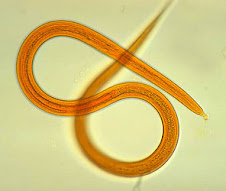







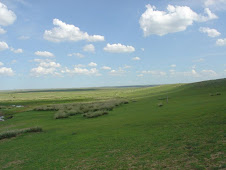


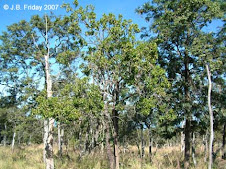
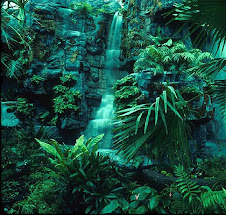

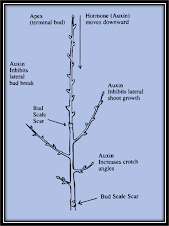


No hay comentarios:
Publicar un comentario